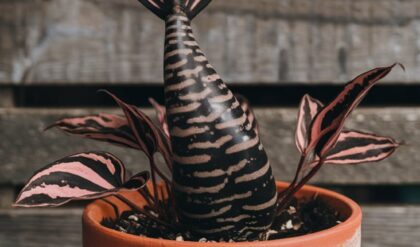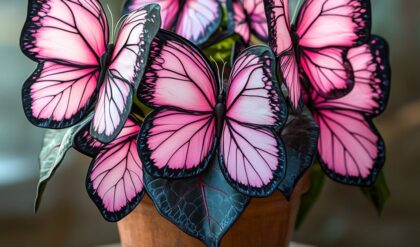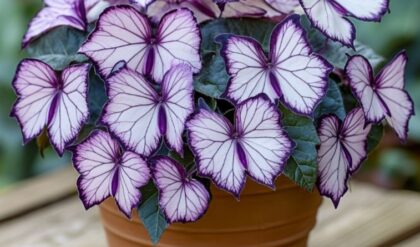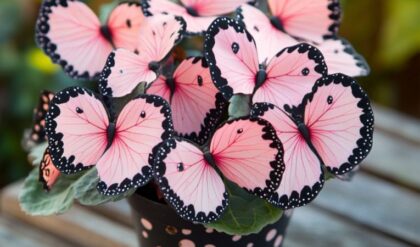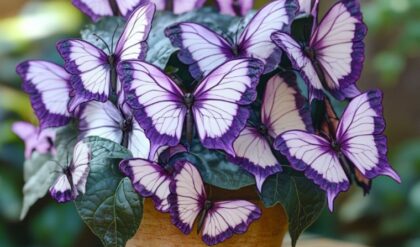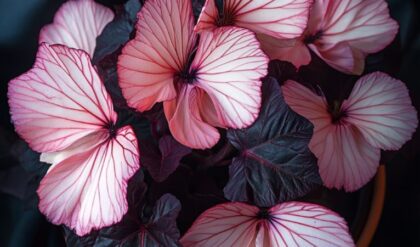The Weeping Begonia, with its cascading foliage and vibrant blooms, is a true masterpiece of nature. This guide will walk you through the intricate process of caring for this stunning plant, ensuring it not only survives but thrives in your home. From understanding its unique needs to troubleshooting common issues, we’ll explore every aspect of Weeping Begonia care, helping you cultivate a thriving, lush specimen that becomes the centerpiece of your indoor garden.
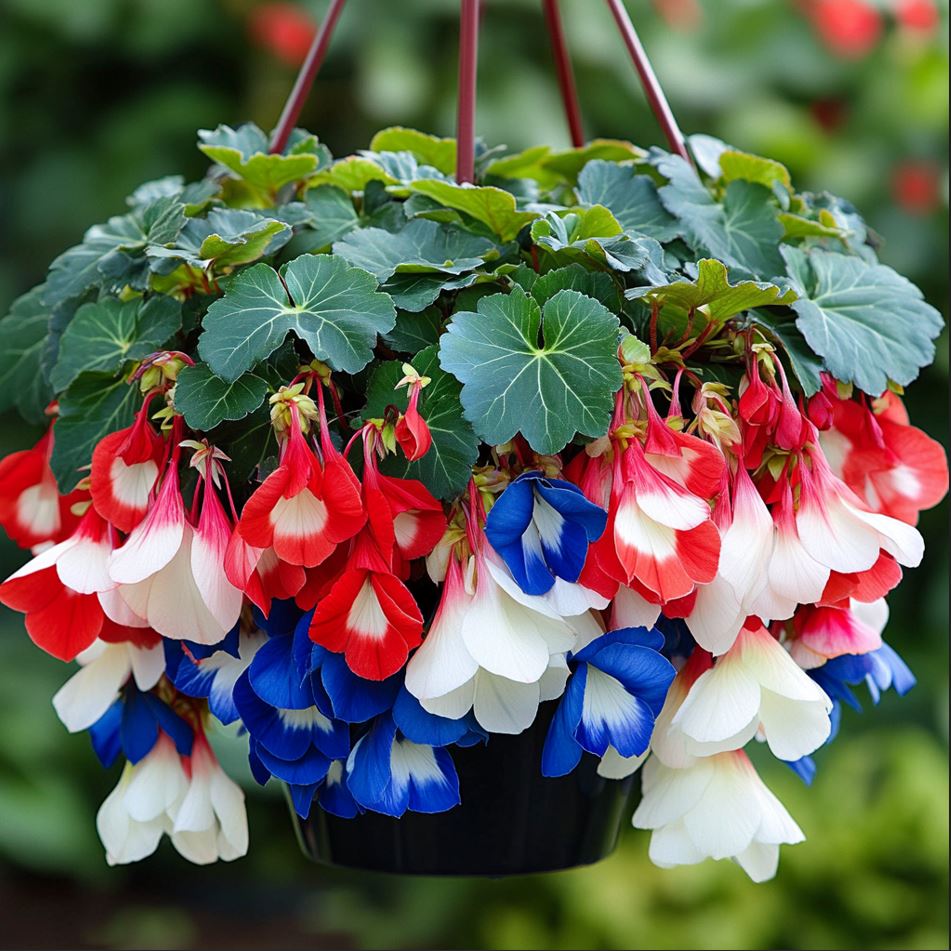
Creating the Perfect Environment for Your Weeping Begonia
The key to a flourishing Weeping Begonia lies in recreating its natural habitat as closely as possible within your home. This section will delve into the crucial elements of light, temperature, and humidity that your Begonia craves, and how to provide them effectively.
The Dance of Light and Shadow
Weeping Begonias have a complex relationship with light. They crave brightness but shy away from direct sunlight, making them somewhat of a paradox for many indoor gardeners.
Light is the lifeblood of your Weeping Begonia, fueling its growth and vibrant coloration. However, too much of a good thing can quickly turn detrimental. These plants have evolved to thrive in the dappled light of forest floors, where direct sunlight is filtered through a canopy of leaves above.
To recreate this in your home, place your Begonia near a north or east-facing window. These orientations provide bright, indirect light throughout the day without the harsh rays that can scorch delicate leaves. If you only have south or west-facing windows available, don’t despair. A sheer curtain can work wonders in diffusing strong light, creating the perfect environment for your plant.
Pay attention to how your Begonia responds to its light conditions. Leaves turning pale or developing brown edges might indicate too much light, while sparse growth or loss of variegation could signal that it’s not receiving enough. Be prepared to adjust your plant’s position seasonally, as the angle and intensity of sunlight change throughout the year.
Temperature: The Warm Embrace
The Weeping Begonia is native to tropical regions, which means it thrives in warm environments. Understanding the ideal temperature range is crucial for nurturing these delicate plants.
The optimal temperature for a Weeping Begonia typically falls between 65°F and 75°F (18°C to 24°C). It’s essential to avoid sudden temperature fluctuations, as they can stress the plant and hamper its growth. Drafty windows, heating vents, and air conditioning units can create an unstable climate that your Begonia will not appreciate.
To maintain a steady temperature, consider using a thermometer in the room where your Begonia resides. If you notice chilly drafts during winter, try placing your plant in an interior room or investing in draft stoppers. Remember, consistency is vital! By ensuring that your Weeping Begonia remains within its preferred temperature range, you’ll encourage robust growth and stunning blooms throughout the year.
Humidity: The Moisture Factor
For many indoor gardeners, humidity can often be overlooked; however, for the Weeping Begonia, it’s a critical component of care. These plants thrive in humid environments, reminiscent of their tropical origins.
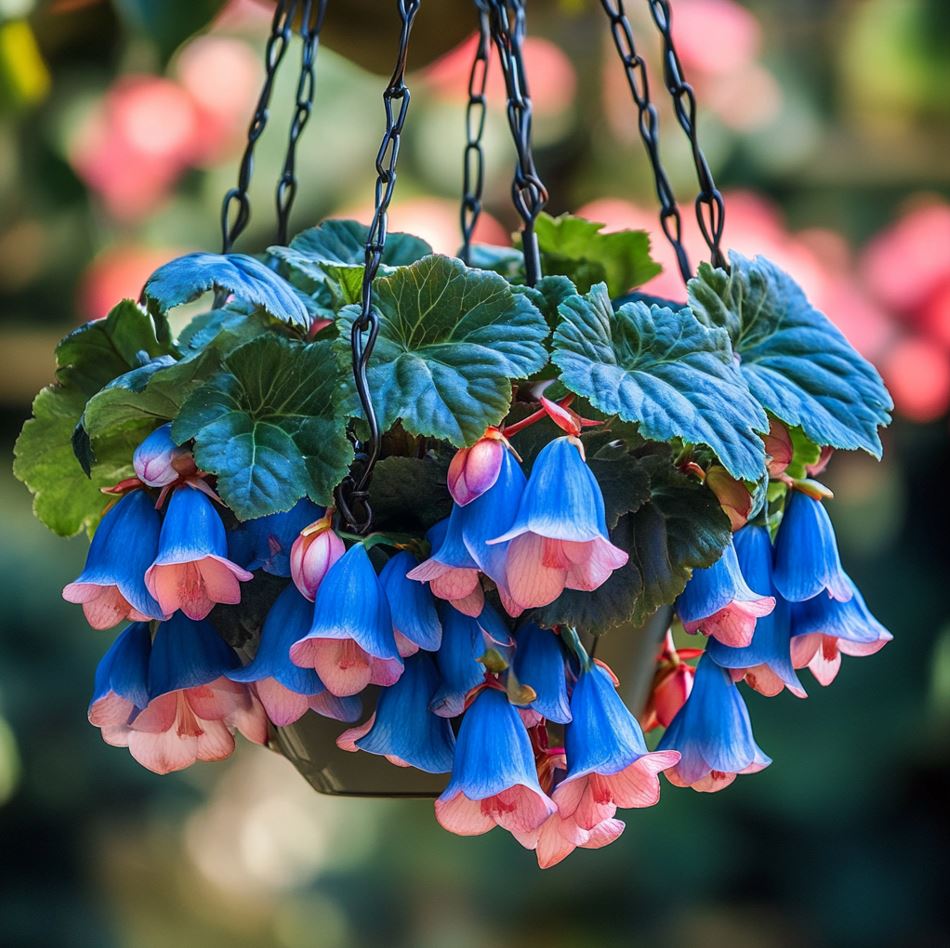
Ideal humidity levels for Weeping Begonias hover around 50% to 70%. If your home tends to be dry, especially during winter months, there are several strategies you can implement to boost moisture levels. Grouping your Weeping Begonia with other houseplants can create a microclimate with higher humidity. Alternatively, you could place a small humidifier nearby or even set the pot atop a tray filled with pebbles and water. As the water evaporates, it will naturally increase the humidity surrounding your plant.
It’s also important to monitor your Weeping Begonia for signs of insufficient humidity. If you notice leaf edges browning or curling, it may indicate that your plant is feeling parched. Adjusting the ambient humidity accordingly can help remedy these issues and promote lush, green foliage.
Watering Your Weeping Begonia: Striking the Right Balance
Watering is perhaps one of the most debated topics amongst plant enthusiasts, and the Weeping Begonia is no exception. Finding the right balance between overwatering and underwatering is essential for maintaining this beautiful plant’s health.
Understanding Soil Moisture
Weeping Begonias prefer consistently moist soil but do not like sitting in waterlogged conditions. To determine when to water, take a moment to observe the soil’s moisture level. Insert your finger into the top inch of soil; if it feels dry, it’s time to water. However, if it’s still damp, wait a few days before checking again.
When you do water, ensure it’s done thoroughly. Allow the water to flow through the drainage holes at the bottom of the pot; this ensures all roots receive adequate moisture without creating a soggy environment. After watering, allow the excess to drain completely before placing the pot back in its designated spot.
One insightful approach to watering is to develop a routine based on the seasons. During the warmer months, your Weeping Begonia may require more frequent watering due to increased evaporation. Conversely, in cooler months, when growth slows down, reduce the frequency to prevent over-watering, which can lead to root rot.
Signs of Overwatering and Underwatering
Recognizing the telltale signs of both overwatering and underwatering is key to maintaining your Weeping Begonia’s health.
Overwatered Begonias may exhibit yellowing leaves that feel soft and mushy. In severe cases, root rot can develop, leading to a foul smell and a decaying plant. On the other hand, an underwatered Begonia will show symptoms like drooping leaves, crisp edges, and a lack of vigor overall.
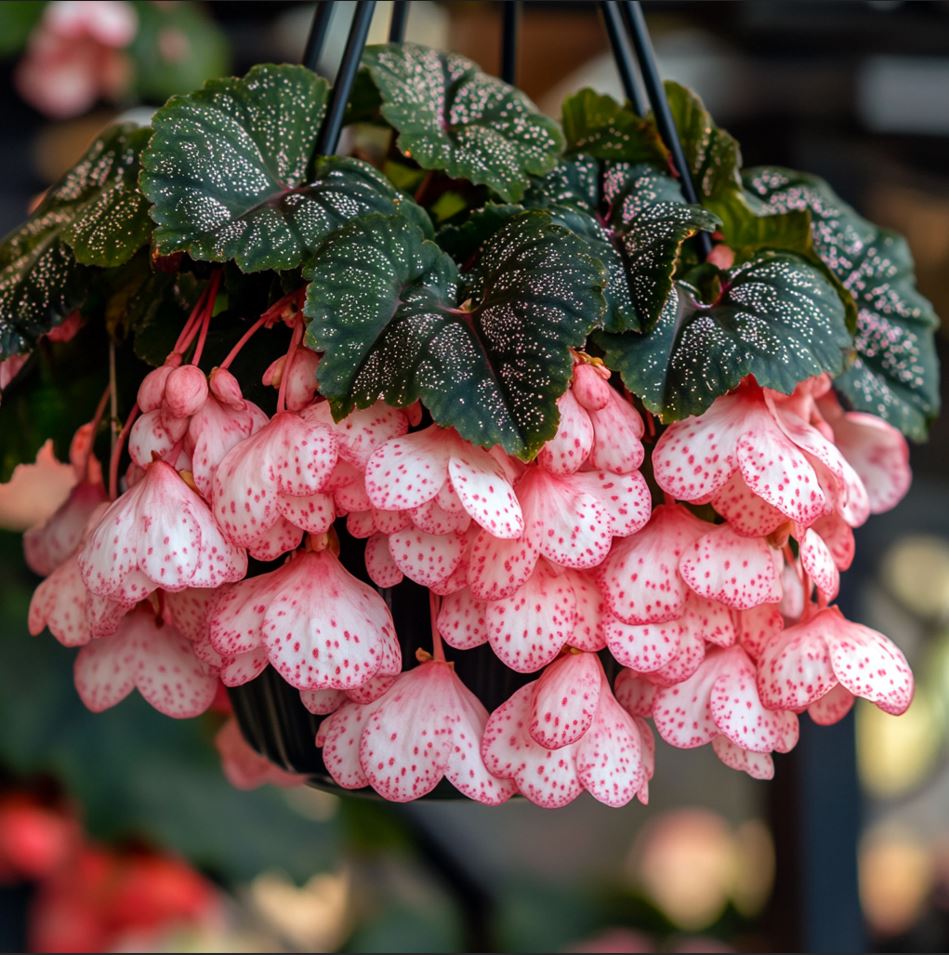
Handling these issues requires a proactive mindset. If you suspect overwatering, allow the soil to dry out thoroughly before applying any additional water. In cases of underwatering, provide a comprehensive soaking to rejuvenate your plant and restore its vitality.
Fertilizing Your Weeping Begonia: Nourishing Growth
Fertilization serves as a pivotal element in fostering robust growth and vibrant blooms in your Weeping Begonia. However, understanding the nuances of fertilizing can make all the difference in achieving your desired results.
Choosing the Right Fertilizer
When selecting fertilizer for your Weeping Begonia, consider using a balanced, water-soluble formula. Look for a product labeled as 20-20-20 or one specifically designed for flowering houseplants. These fertilizers contain equal parts nitrogen, phosphorus, and potassium, providing comprehensive nutrition for your plant.
To apply, dilute the fertilizer according to the manufacturer’s instructions and administer every four to six weeks during the growing season (spring and summer). Remember, less is often more! Over-fertilizing can lead to nutrient burn, which can cause severe damage to your plant. Always err on the side of caution, especially if you’re new to fertilizing.
Observing Growth Patterns
As you nurture your Weeping Begonia, pay attention to its growth patterns and overall appearance. A well-fed plant will display lush, vibrant foliage and produce numerous flowers. If growth appears stagnant or leaves appear pale, it may signal that your plant needs more nutrients. Adjust your fertilization schedule accordingly, keeping in mind that some plants may require more frequent feeding than others.
Additionally, consider rotating between different types of fertilizers occasionally. For instance, using a high-phosphorus fertilizer during blooming periods can encourage more prolific flower production, while switching back to a balanced mix during foliage growth can support overall health.
Conclusion
Caring for a Weeping Begonia involves a thoughtful combination of environmental considerations, proper watering techniques, and appropriate fertilization practices. By focusing on the unique needs of this stunning plant, you can cultivate an eye-catching centerpiece for your indoor garden that flourishes with life. Embrace the journey of nurturing your Weeping Begonia, and enjoy the rewards of a lush, blossoming companion that brings joy and beauty into your home.
